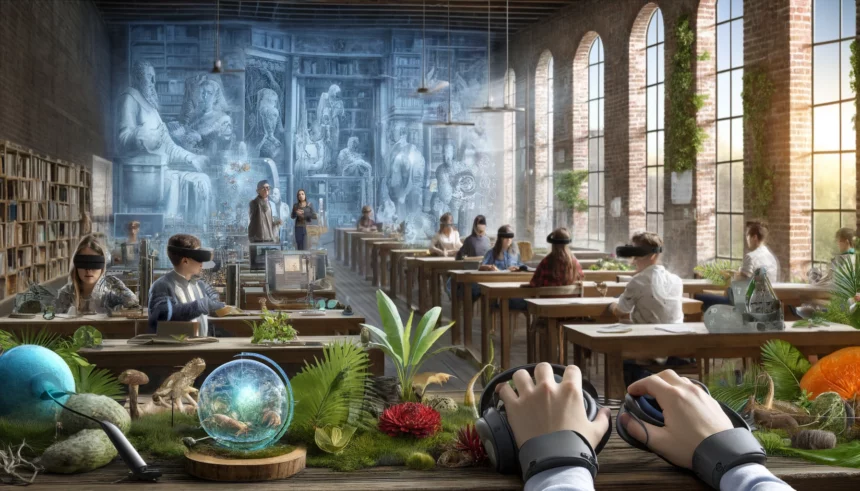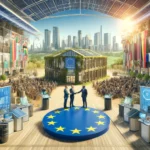The Essence of Real-World Learning in Virtual Spaces
Virtual learning has transformed education, offering flexibility and access to information like never before. However, it often misses the tangible, unpredictable elements of real-world experiences. Take pottery classes, for instance. Online, you can learn about techniques and history, but you miss the feel of clay and its smell—the aspects that make learning visceral and memorable.
Similarly, virtual geography lessons might cover facts about ecosystems, but they can’t replicate the humidity of a rainforest or the chill of a mountaintop. These sensory experiences are crucial; they foster empathy and a deeper understanding of material, far beyond what traditional virtual environments offer.
The Limitations of Current Virtual Learning Models
Despite the advances in virtual reality (VR) and augmented reality (AR) aimed at mimicking real-life settings, these technologies often fall short. They lack the spontaneous, often messy realities that come with genuine experiences. For example, a VR chemistry lab might simulate an experiment, but it can’t duplicate the adrenaline of witnessing an unexpected reaction firsthand. These moments, where unpredictability leads to innovation, are hard to replicate in a controlled, digital format.
Enhancing Sensory Engagement Online
One of the biggest challenges in online learning is bridging the sensory gap. Here’s what can be done to bring some of the real-world magic into digital classrooms:
Hands-on Experiments and Haptic Technology
- Haptic Learning Labs: Imagine exploring geological formations with gloves that simulate the texture of rocks. By integrating haptic feedback devices, online courses can provide a more immersive learning experience.
- Interactive Science Kits: Distribute science experiment kits that students can use at home. These kits allow students to engage in the experiment physically, then discuss their findings online.
Real-World Tasks and Activities
- Movement and Physical Activities: Break up screen time with physical tasks related to lessons. For example, a lesson on weather can include a mini-project where students collect local climate data.
- Field Tasks: Encourage students to apply what they learn online in their local environment. For instance, after a virtual lesson on botany, students might go outside to identify local flora, applying their knowledge in a tangible setting.
Cyberkinesthetics: A New Approach to Virtual Learning
To truly revolutionize online learning, we need to think beyond current technologies and explore ‘Cyberkinesthetics’. This concept focuses on using virtual environments to engage our physical bodies in learning, not just our eyes and ears. The goal is to create a form of ‘digital tactility’, where learners can ‘feel’ through their screens.
This approach is not just about enhancing realism but about integrating our sensory perceptions into the learning process, ensuring a deeper educational experience that mimics the spontaneity and sensory engagement of the real world.
Conclusion
As we continue to navigate the complexities of virtual learning, it is vital to keep pushing the boundaries of what these environments can achieve. By incorporating real-world unpredictability, tactile experiences, and genuine sensory engagements, we can create more effective and immersive online learning experiences. These developments will not replace traditional learning but will enhance it, making education more comprehensive and engaging for everyone, everywhere.
















